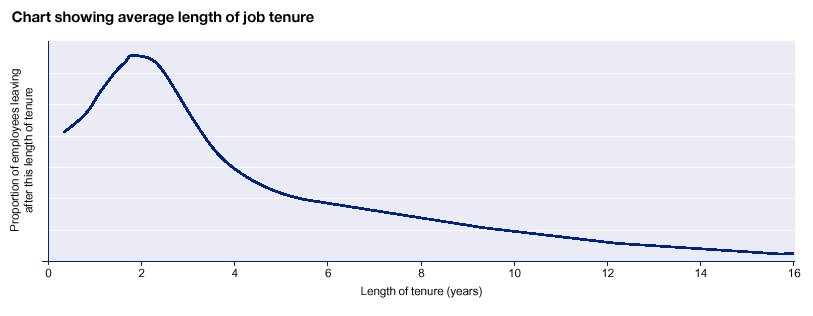
There is a lot of gibberish talked about our 'employees are ourgreatest asset'.
If they are, where are they on the balance sheet? We see them in P&L as a cost but not on the balance sheet. So, the next time someone infers this ask them to show you where this information is in the company accounts.
We know what the cost of employment and employee churn is. Reed have released that information last October. Indeed, we also know that the trend is accelerating.
Reed gave us information about the cost of recruiting replacement and subsequent training costs and all the normal HR stuff. They do note that there is a relationship loss but do not go much further.
If we look at the culture of an organisation, we see it is made up from explicit concepts and the mutually understood values that people in a relationship with the organisation can and do share.
It is those concepts and the values that create, sustain and advance the organisation as it makes its way in the wider cultures in our societies. Some of the concepts are tangible. They are about products and services and they are about semantic and semiotic attributes. These assets are, of course, of little value unless they also represent recognisable tangible and intangible values. Other concepts are intangible, they include perceptions of value, support, reliability, reputation, trust and cultural acceptability.
These, concepts and their values are the real value of a company. They are its assets but they are as nought of the means for delivery of is absent. Delivery of these assets depends on internal and external relationships.
An organisation that has a high churn of staff is leaching relationship assets and it is reducing the value of all other tangible and intangible assets.
In high employment-churn economies, in an era of cheap, easily available capital, it is easy to start companies. Recruitment is easy even if retention is hard. But companies in this environment have difficulty sustaining relationships and do not exploit their asset value. When this is endemic, companies have difficulty extracting value from their 'big idea' product or service. The productivity gap grows; profitability eludes them and they go under. In the UK few companies survive for more than a decade.
An economy with a relationship deficit has poor productivity and underused tangible and intangible assets.
Such a deficit can be disguised by cheap capital for a while but in the long run, it is a recipe for economic ruin.
Is it time to put 'relationship assets' on the ballance sheet?
Graphic: From “http://www.reedconsulting.co.uk/assets/files/pdf/EMPATT.PDF”
what are the mesurments in graphP? years and ..
ReplyDeleteYes it is in years showing that the average length of job tenure (how long a person stays in a job) peaks at less than two years.
ReplyDeleteJob churn is very high.
Other research shows that in 10 years the length of job tenure has, on average, halved.